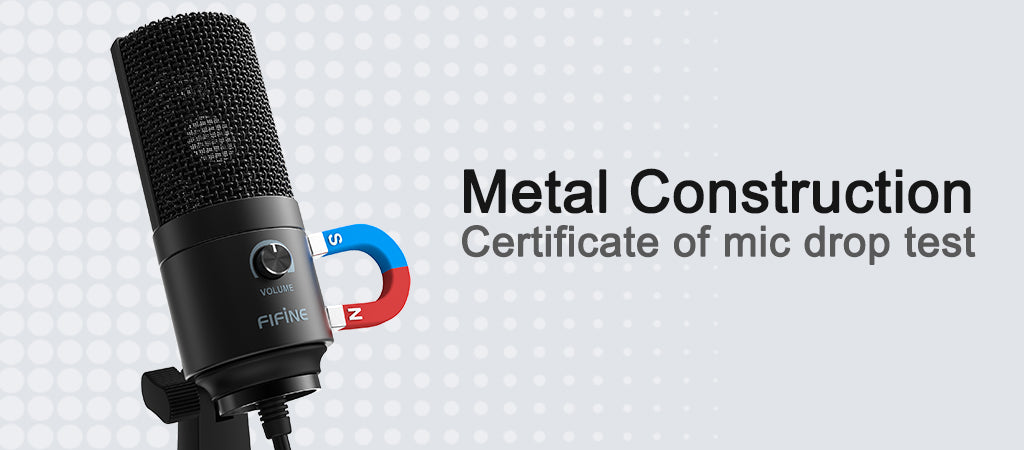

Their transducer elements are essentially designed as parallel-plate capacitors and are referred to as capsules.įor more information on microphone capsules, check out my article What Is A Microphone Capsule? (Plus Top 3 Most Popular Capsules). Condenser Microphone TransducersĬondenser microphone transducers convert sound into audio by means of electrostatics. This induced AC voltage across the coil is tapped and eventually outputted from the moving-coil dynamic microphone.įor more information on moving-coil dynamic mics, check out my article Moving-Coil Dynamic Microphones: The In-Depth Guide.īack to the Table of Contents. The moving-coil dynamic microphone cartridge utilizes the latter case.


Conversely, it's responsible for the induction of electrical current through a conductive material as that material experiences a change in the magnetic field around it. The sound waves cause varying amounts of pressure on either side of the diaphragm, causing it to move back and forth in proportion to the sound waves.Īs the diaphragm moves, so too does the attached conductive coil.Ī proportional alternating electrical current is induced through the oscillating coil due to electromagnetic induction.Įlectromagnetic induction is a natural phenomenon that causes a magnetic field to be produced around an electrically conductive material as electrical current flows through it. The moving-coil cartridge consists of 5 key components: Their transducer elements are typically called cartridges though the term ‘capsule' also works. Moving-coil dynamic microphone transducers convert sound into audio via electromagnetic induction. Moving-Coil Dynamic Microphone Transducers That being said, most USB microphones use electret condenser capsules, which we'll discuss below.īack to the Table of Contents.
HOW TO RECORD ON MAC WITH USB MIC AND HEAR TRACK STILL HOW TO
If that short answer was not enough, fret not! This article will go into detail about USB microphones to explain the technology behind how these easy-to-use microphones work (and how to use them). Analog audio signals are then amplified and converted into digital signals within the USB mic's built-in audio interface and outputted via a USB connection. How do USB microphones work? USB microphones, as transducers, work the same as any other mic by converting sound (mechanical wave energy) into audio (electrical energy). For this reason, many people opt for these inexpensive plug-and-play mics. USB microphones are a popular alternative to typical XLR microphones due to their ease of use and relatively low price points.


 0 kommentar(er)
0 kommentar(er)
